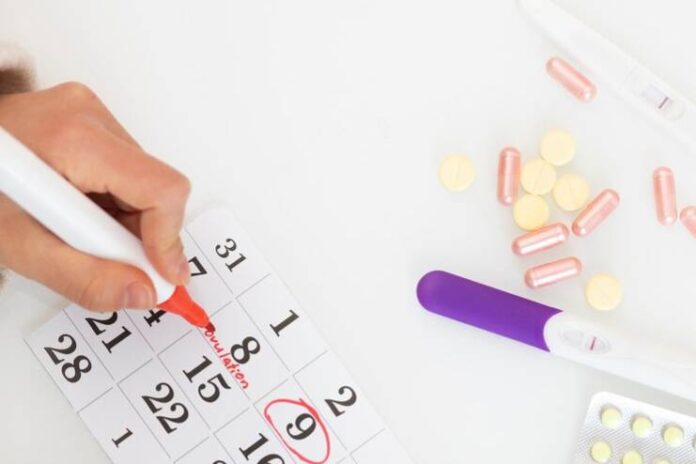Affiliate Disclaimer
Some links in this article are affiliate links. We may earn a small commission if you make a purchase through these links, at no extra cost to you. We only recommend products we find useful to our readersOvulation tracking is done to pinpoint the most fertile days in a woman’s cycle. This can be achieved using different conception tools and ovulation methods. In this article, we will briefly check the top tools and techniques of ovulation tracking that will guide you toward a successful pregnancy.
Why Ovulation Tracking Matters for Conception
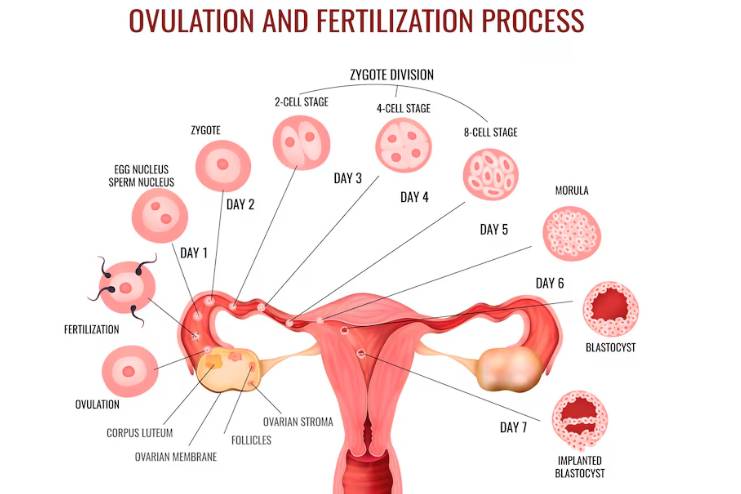
Ovulation tracking is important since it points out when you are fertile and when you have the highest chance to conceive. Ovulation occurs when an egg moves from an ovary into a fallopian tube where fertilization can occur. This remains viable for about 12-24 hours. Men’s sperm can survive in the reproductive tract for up to five days; thus, some of these may survive until ovulation and then fertilize.
Self-monitoring could be helpful in timing your intercourse so that you can boost your chances of getting pregnant. You can keep track of ovulation and fertility patterns as well. Also, knowing when you usually ovulate can tell you if your cycles are regular and, therefore, not affect your fertility.
Common Signs of Ovulation
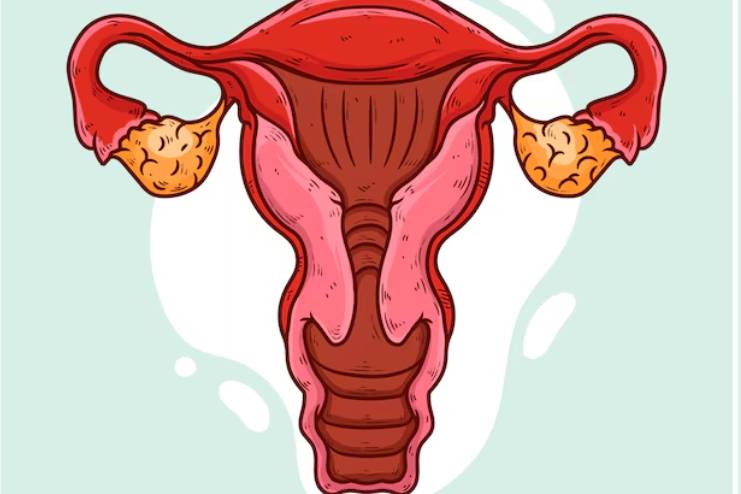
Know your fertility signs of ovulation if you’re trying to get pregnant as a part of family planning. Be able to recognize the symptoms of your ovulation to understand your menstrual cycle better. Here are the main ovulation symptoms indicating when you are most fertile.
If you are planning to start a family and are ready to conceive, then you must learn your fertility signs of ovulation. Learning your ovulation symptoms will help you understand your menstrual cycle and figure out the exact time to conceive. Here are the basic ovulation symptoms:
- Cervical Mucus Changes: The cervical mucus increases as ovulation approaches. It also becomes transparent in color and slightly sticky in texture, somewhat like egg whites. It allows the sperm to swim toward the egg.
- Heightened Senses: Some women with hormonal changes, when their fertile window is open, become more sensitive to smells. Check if you are experiencing similar symptoms.
- Breast Tenderness: Hormonal changes may result in pain or tenderness in the breasts or nipples either a few days before or after ovulation.
- Mild Pelvic Pain (Mittelschmerz): Light cramping or aching on one side of the lower abdomen marks the release of an egg.
- Light Spotting or Discharge: Very mild bleeding or brown spotting is yet another symptom.
- Increased Libido: This is generally due to ovulation and must be regarded as a biological response that promotes reproduction.
- Changes in the Cervix: Your cervix is softer, higher, and more open at the time of ovulation.
- Nausea and Headaches: Although infrequent, hormonal shifts during ovulation can contribute to slight nausea or even headaches among women.
- Basal Body Temperature Changes: Basal body temperature rises slightly by about 0.5 to 1 degree Fahrenheit once you ovulate. The body temperature increases once the ovulation period begins. Keep checking the temperatures for any changes.
Best Ovulation Tracking Tools
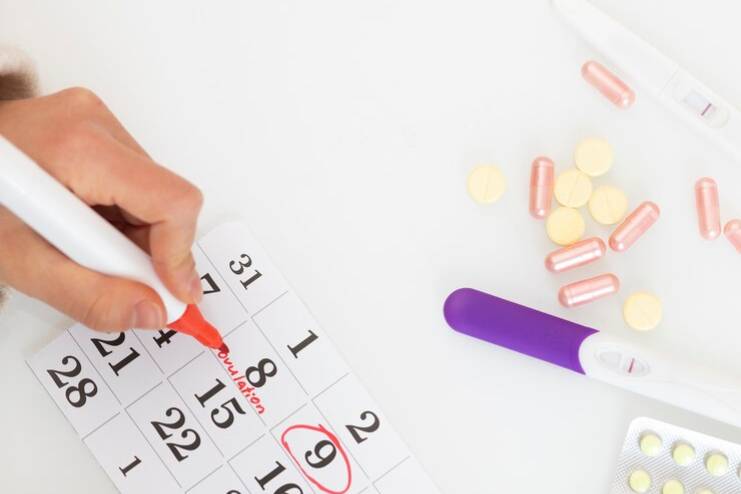
Here are the best ovulation tools for you to accurately track your fertility:
- Ovulation Predictor Kits (OPKs): These kits detect the presence of LH surges in urine. They thus indicate when the body is about to start ovulation. Convenient and quick, they are suitable if you are planning to conceive.
- Basal Body Temperature (BBT) Tracking: To calculate BBT, temperature has to be taken every morning before getting out of bed. Check for the slightest increase in the basal body temperature, indicating the beginning of your ovulation. This is cheaper than commercial fertility monitors and can be added to your routine for effective prediction of your fertile window.
- Wearable Fertility Monitors: This is a wristband or an arm sensor, which monitors BBT continuously throughout the night. This is automatic and hassle-free. It will help you look into patterns in your cycle and thus be accurate while predicting.
- Vaginal Monitors: These monitor urine samples. They measure levels of hormones like progesterone and estrogen in the urine, helping you understand your fertility clearly.
Fertility-Friendly Lifestyle Tips
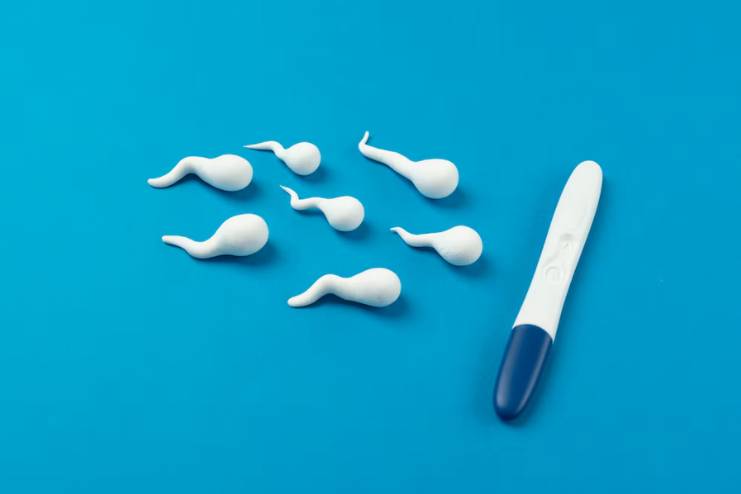
Some lifestyle changes will help in fertility. These tips include:
- Eat Antioxidant-Rich Foods: These are fruits, vegetables, and whole grains that will soothe to neutralize free radicals and protect reproductive cells.
- Include Omega-3 Fatty Acids: Provide sources such as fatty fish, flax seeds, and walnuts which ensure hormonal balance.
- Have a Balanced Diet: A healthy diet will balance the hormonal levels that are said to induce women with PCOS to ovulate.
- Reduce Refined Carbs: Whole grains and high-fiber foods help alleviate symptoms of PCOS and improve fertility.
- Maintain a Healthy Weight: Maintaining normal body weight will ensure that reproduction functions normally. It will further ensure the egg is healthy and on-time ovulation.
- Engage in Moderate Exercise: Healthy fertility is promoted by regular moderate exercises, though excessive high-level exercises must be avoided.
- Limit Caffeine and Alcohol: Avoid excessive caffeine and alcohol. Engage in less or no consumption of these two to avoid detrimental impacts on your fertility.
- Manage Stress: Engage in good relaxation techniques to prevent stress from disturbing the menstrual cycle and fertility.
When to Seek Help

Consult a fertility specialist if:
- Ovulation Tracking Issues: If you have a problem with tracking ovulation, such as irregular cycles or inconsistent results from OPKs, that may be a sign of an underlying issue that needs professional evaluation.
- Persistent Challenges: If you have failed to conceive even after trying for one year, or if you are a woman over 35 years or older, see a fertility specialist.
- Symptoms of Disorders: Painful and irregular menstruation or abnormal bleeding are symptoms of disorders like polycystic ovary syndrome (PCOS) and endometriosis, which a specialist can diagnose and treat.
- Recurrent Miscarriages: With recurrent miscarriages, you would need to see a specialist to determine why this is happening and what can be done.
Conclusion
In tracking ovulation for pregnancy, the goal of conceiving requires choosing the right tools and strategies to pinpoint your fertile window. Many are helped through their observation with ovulation predictor kits and basal body temperature tracking. However, seek a fertility specialist if the problem persists or tracking does not help in achieving the desired outcome.
In this Article













